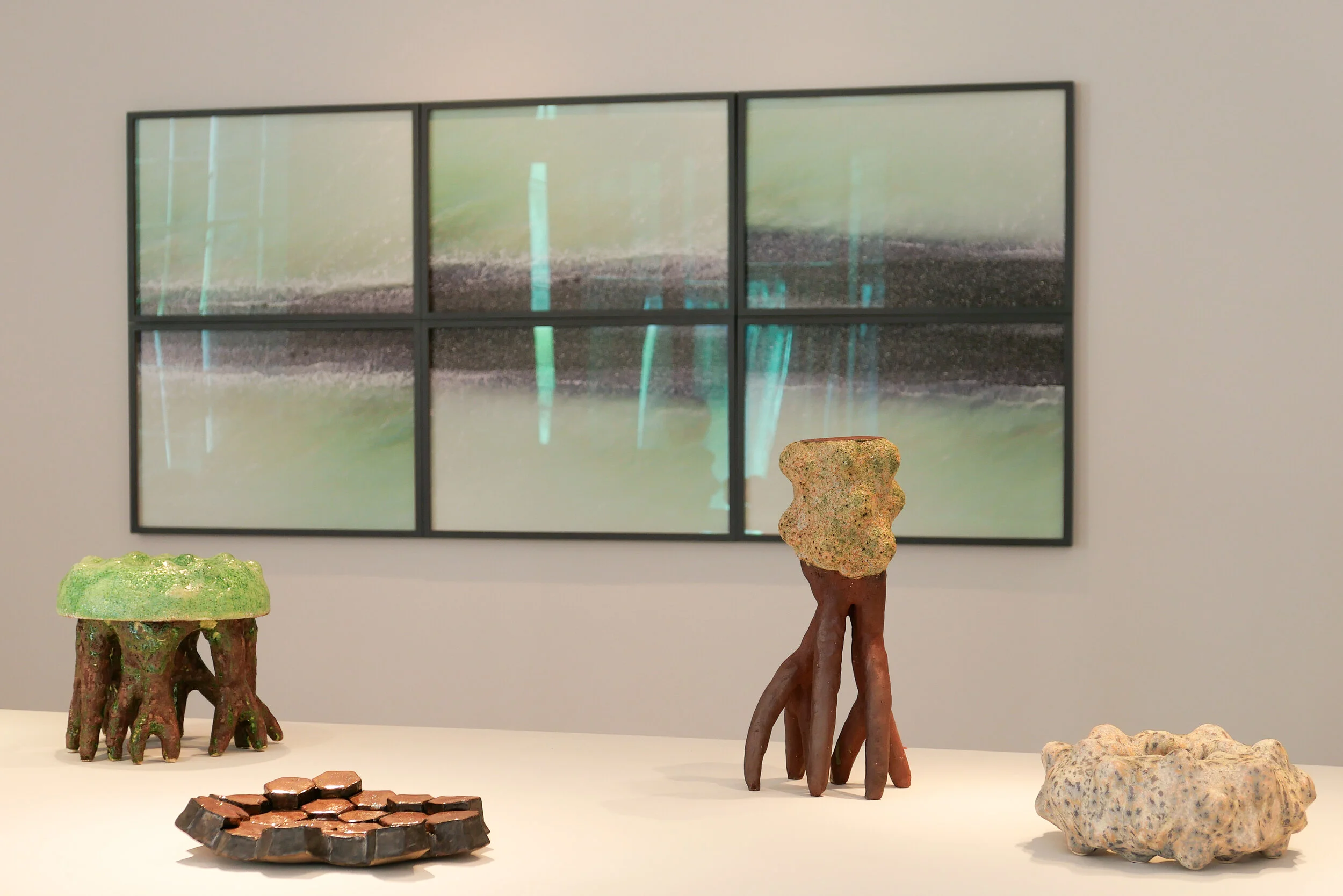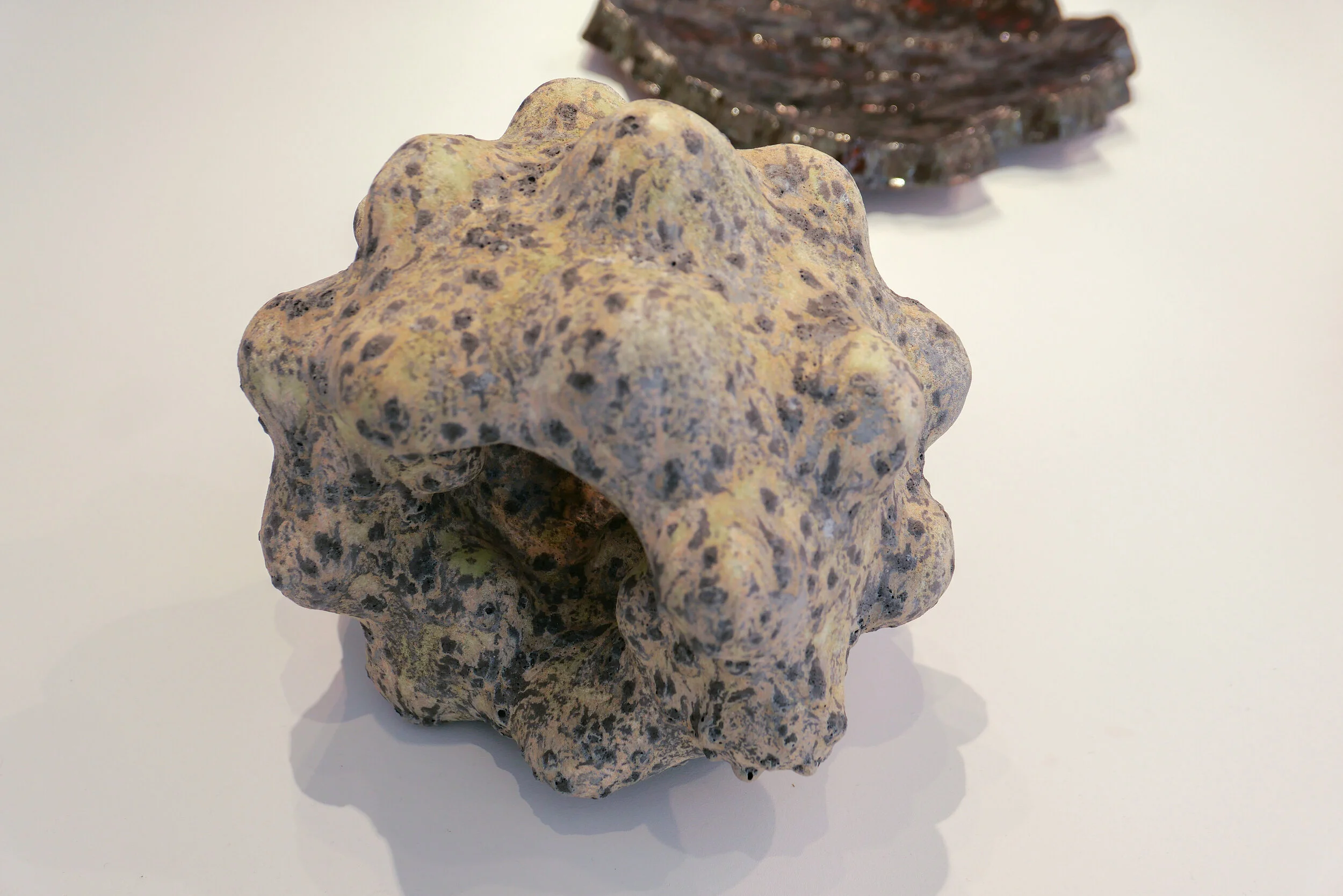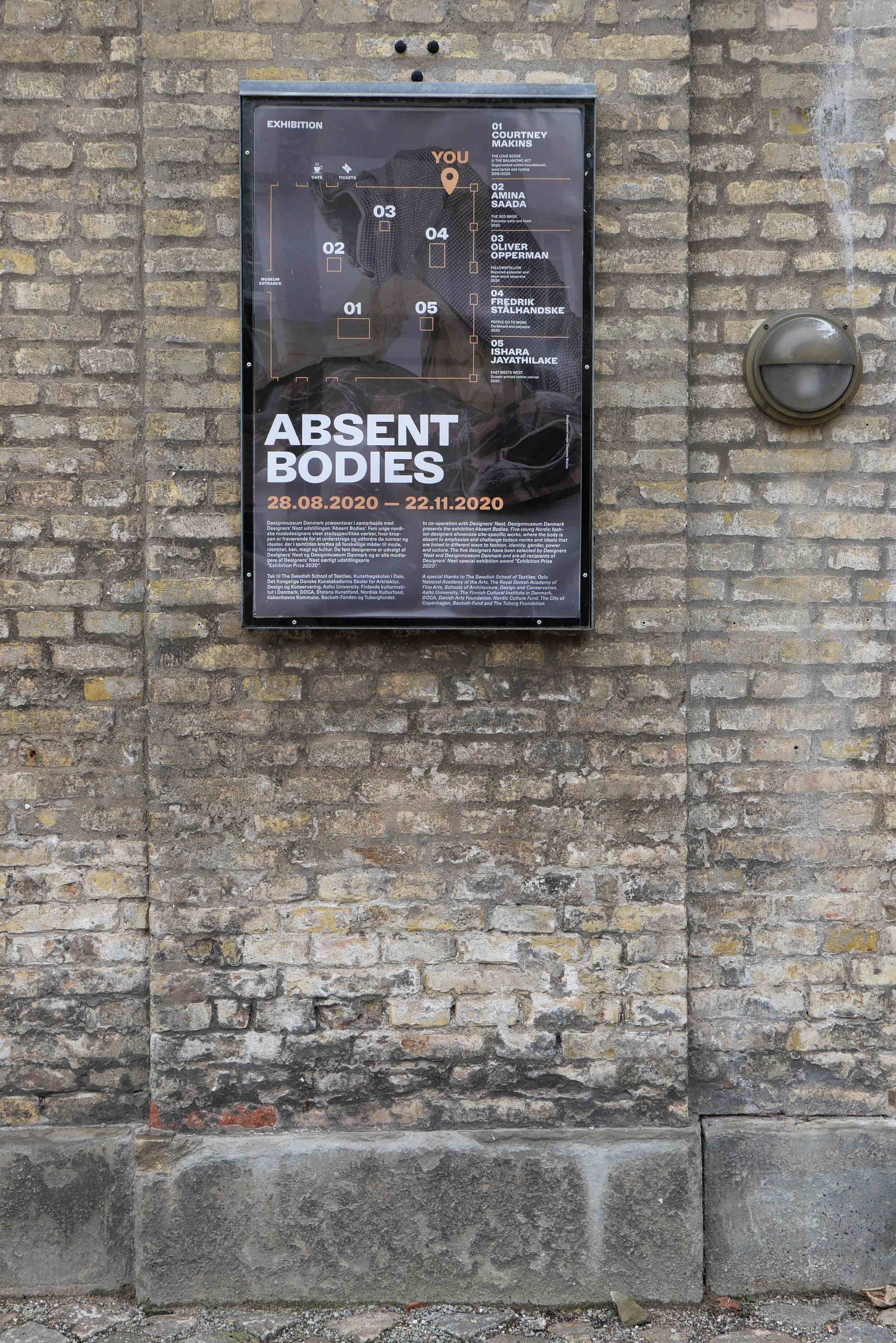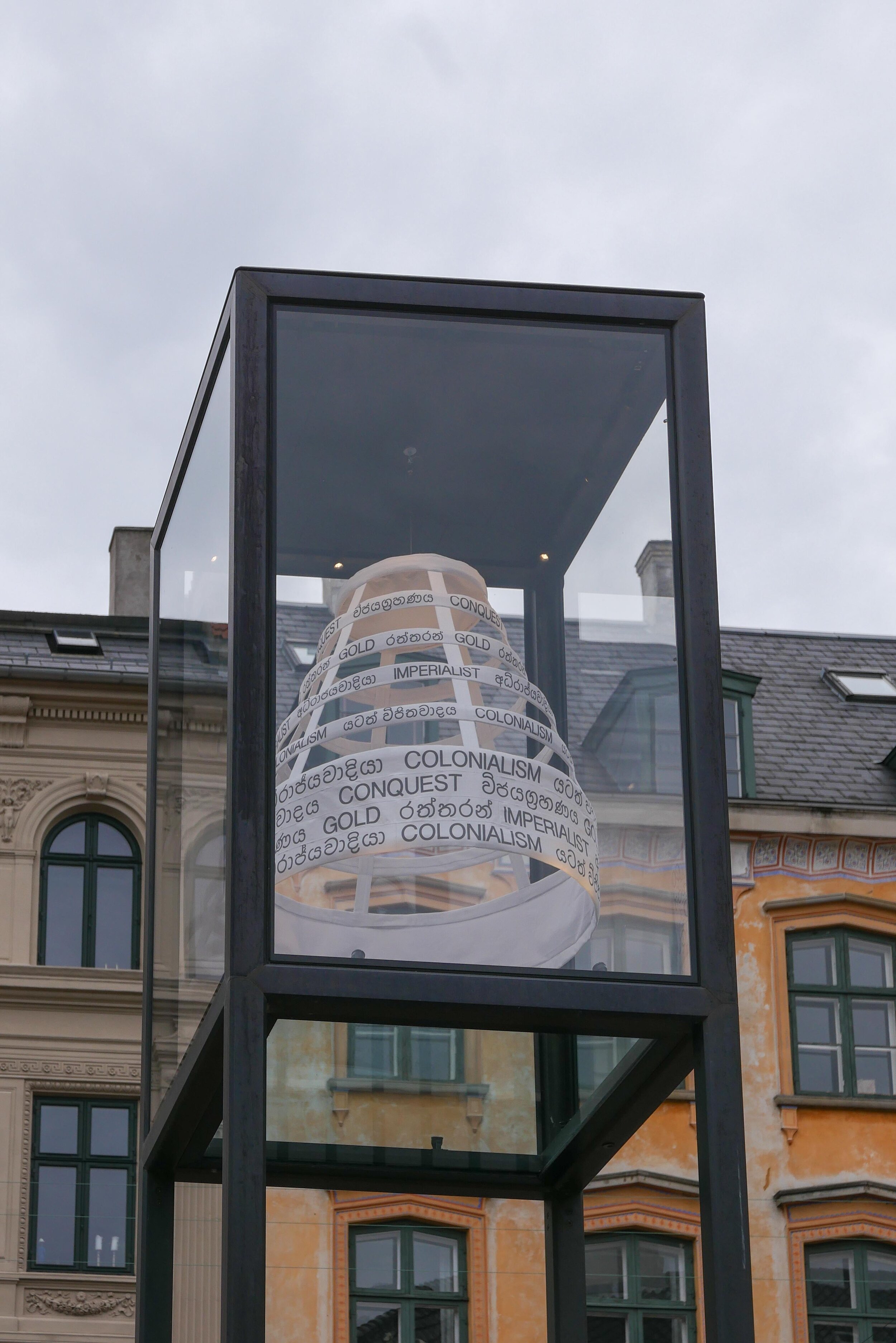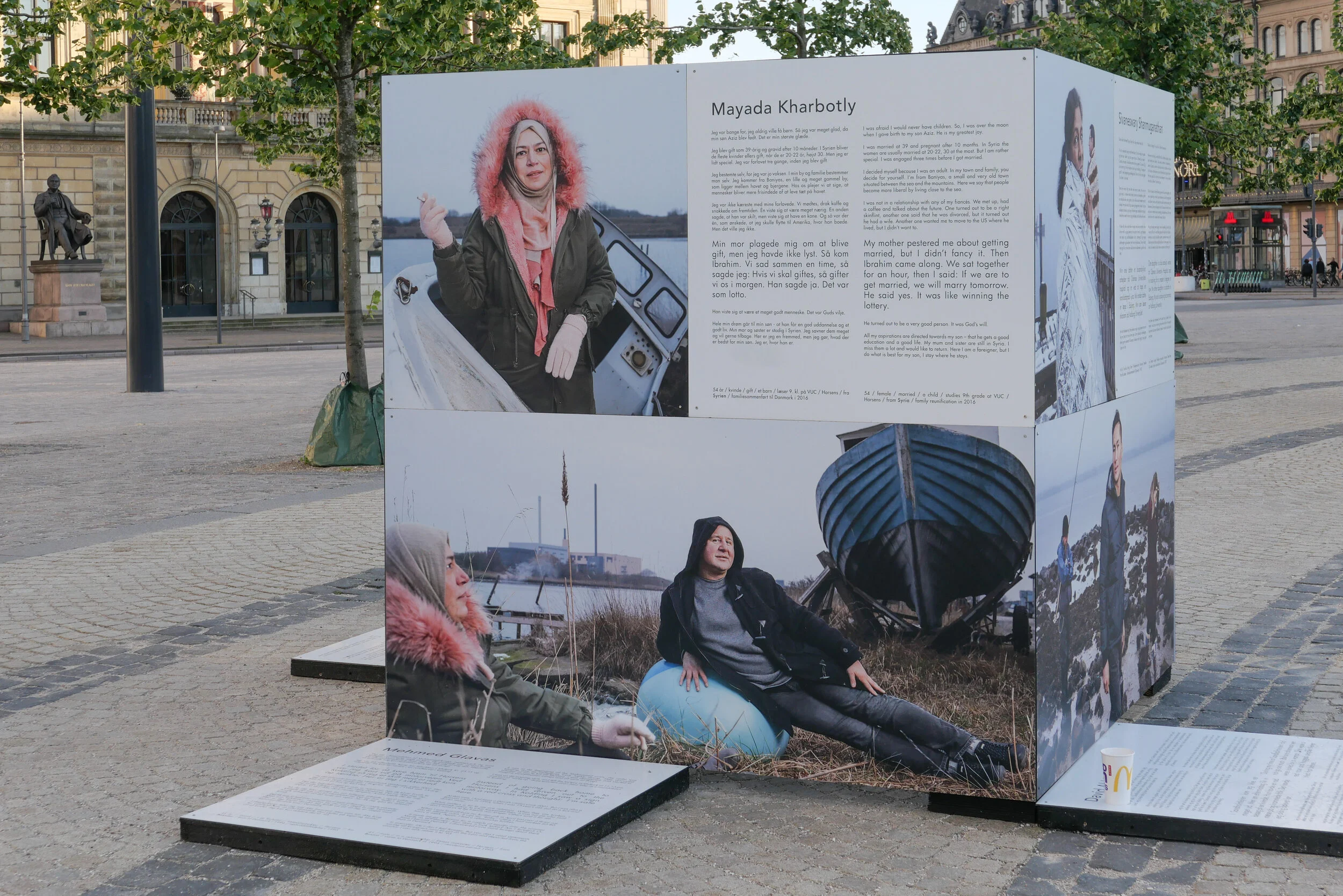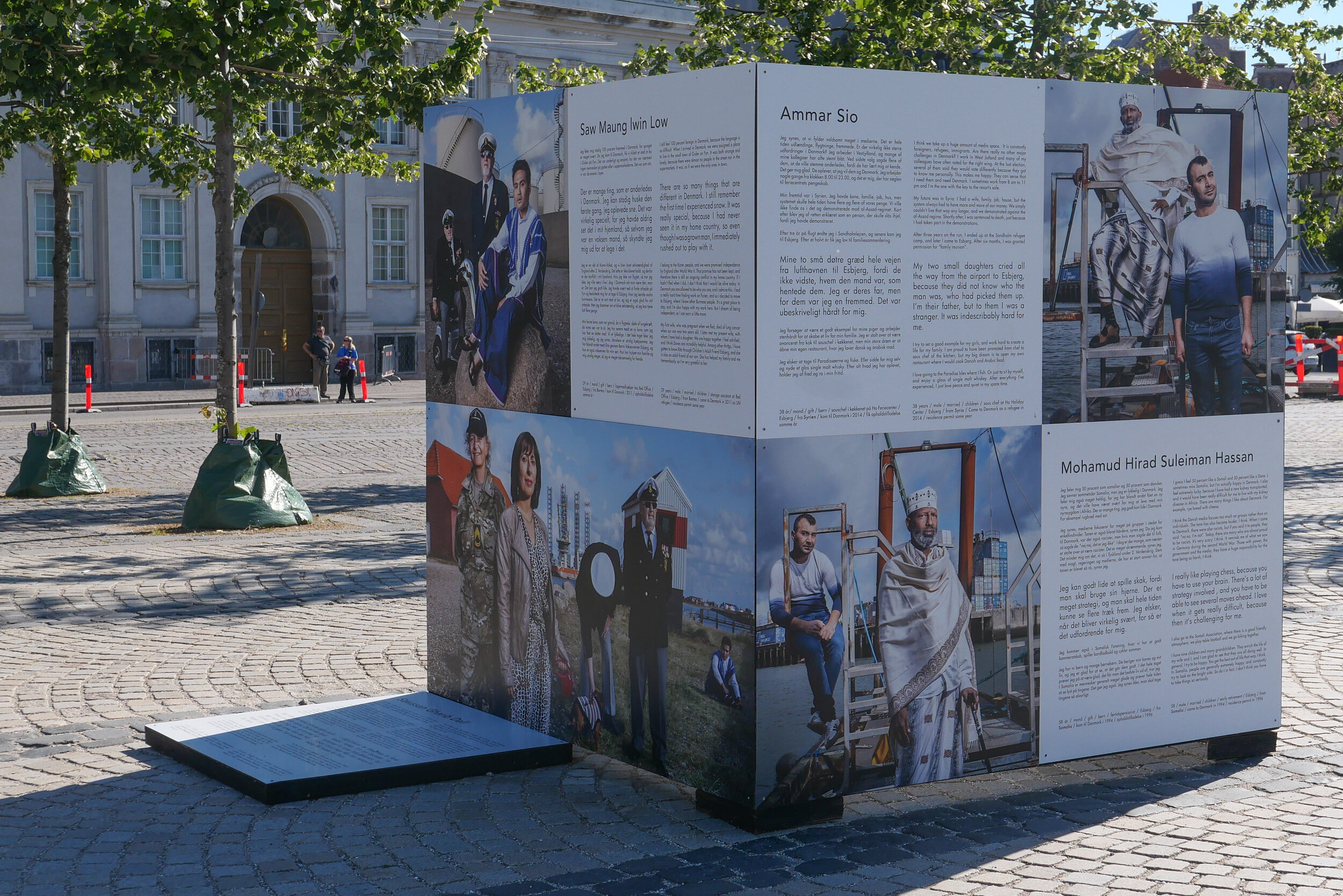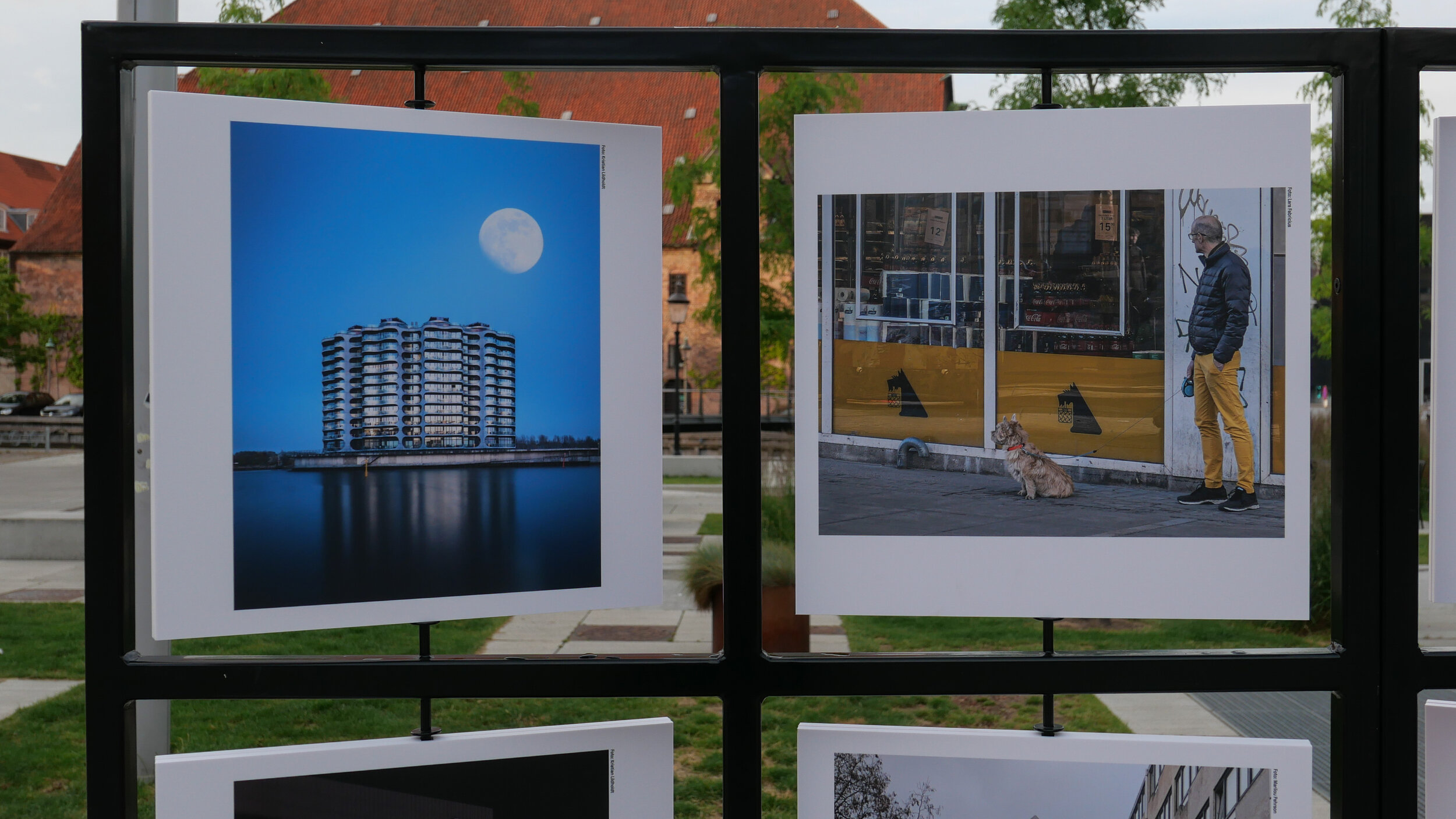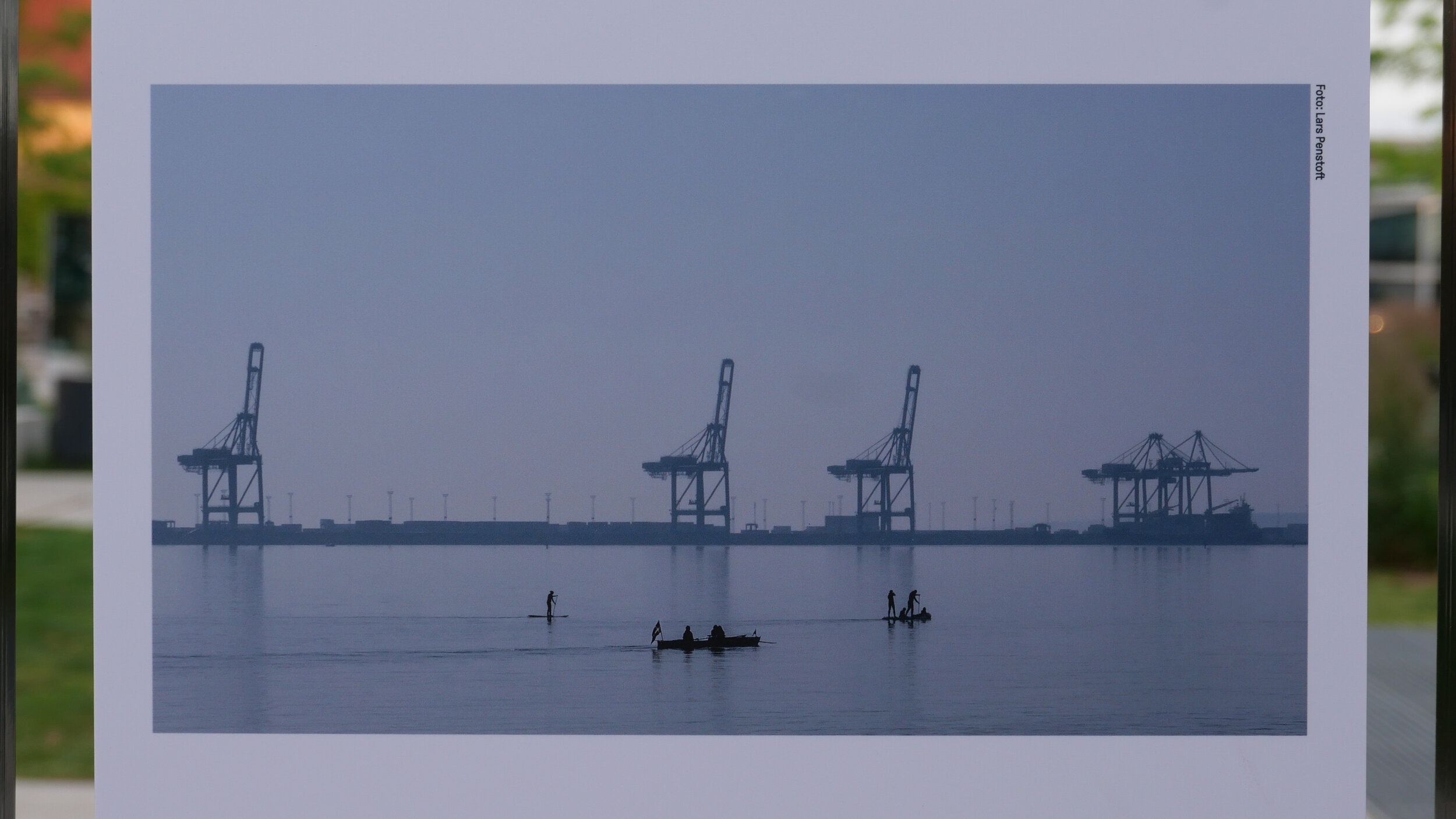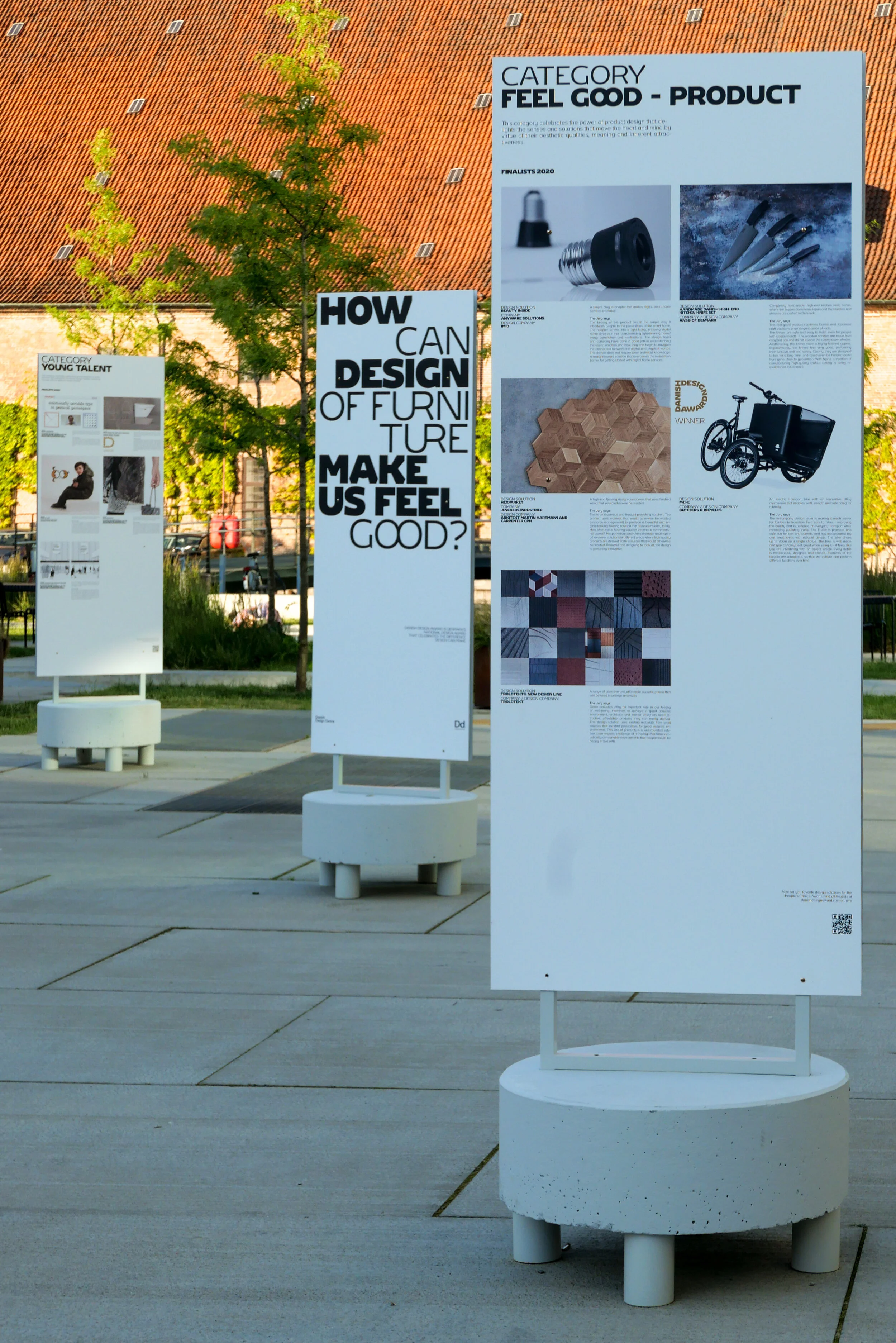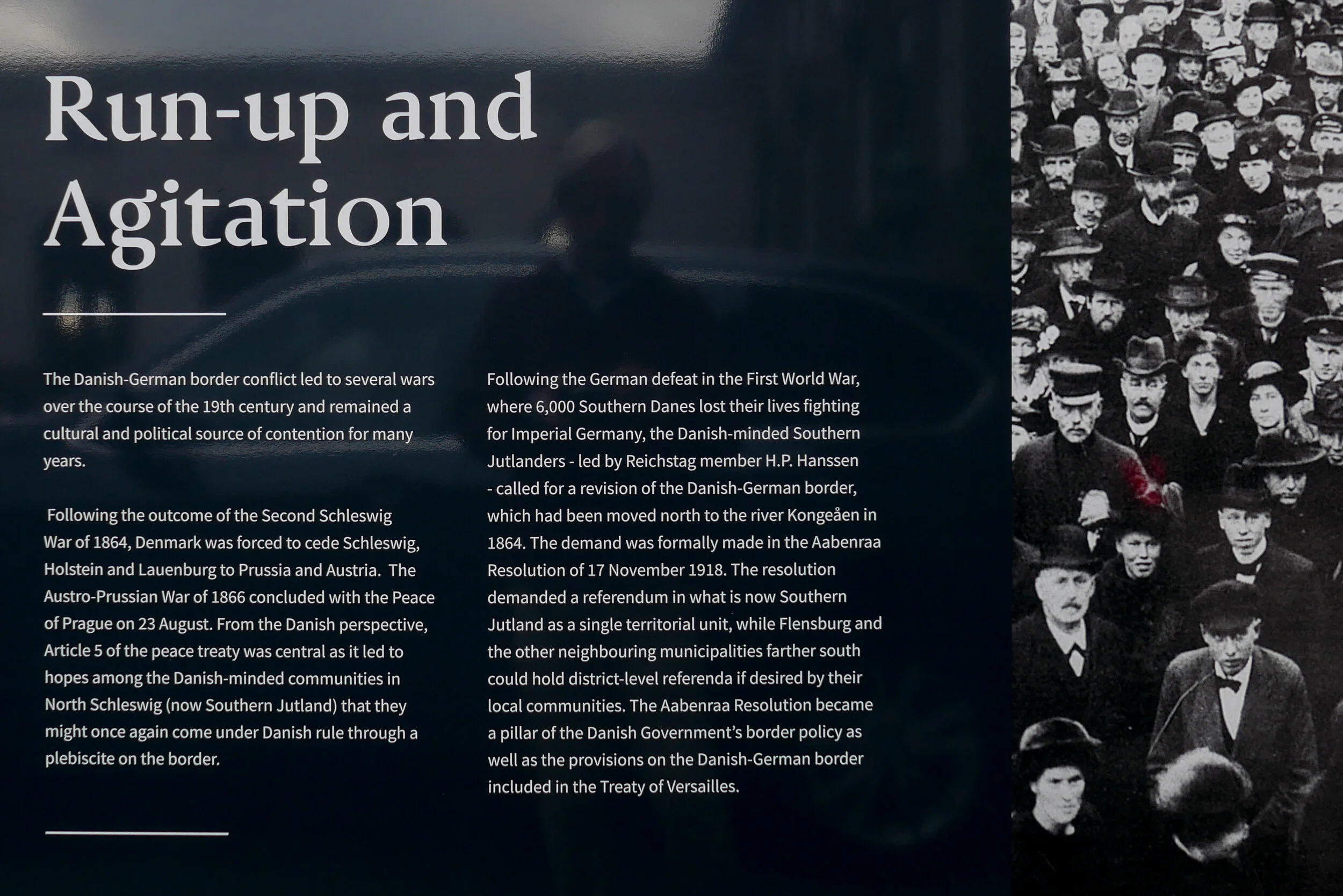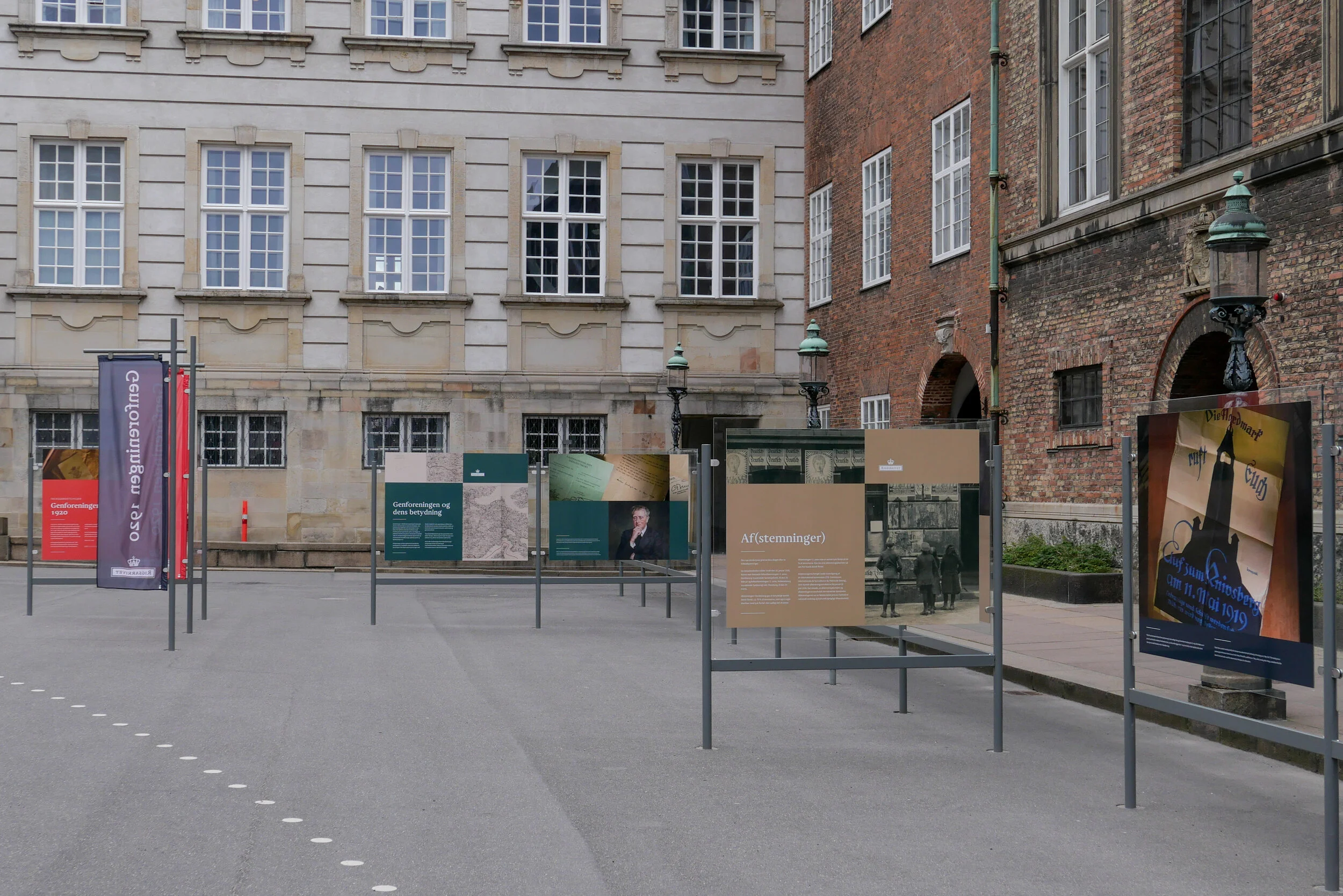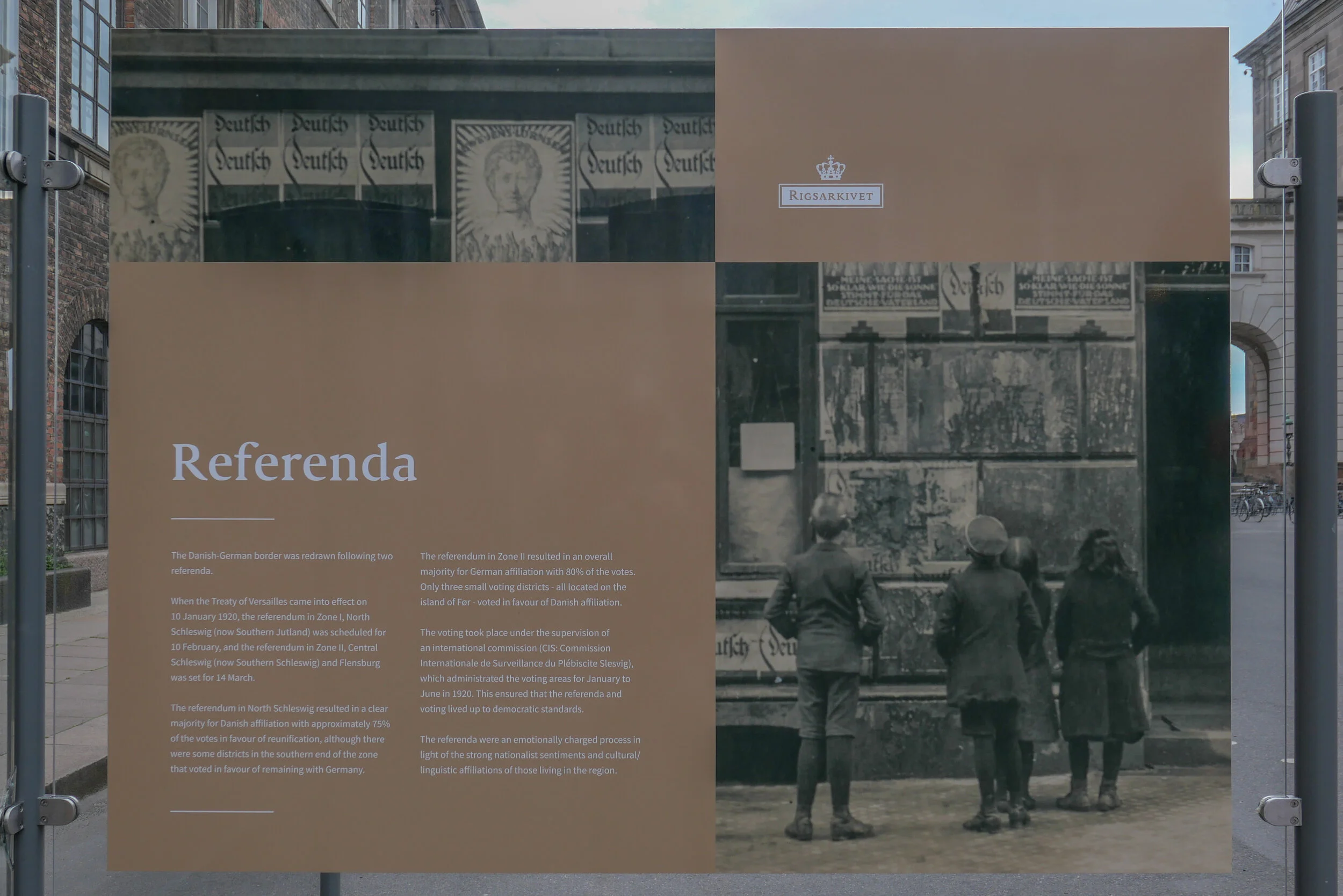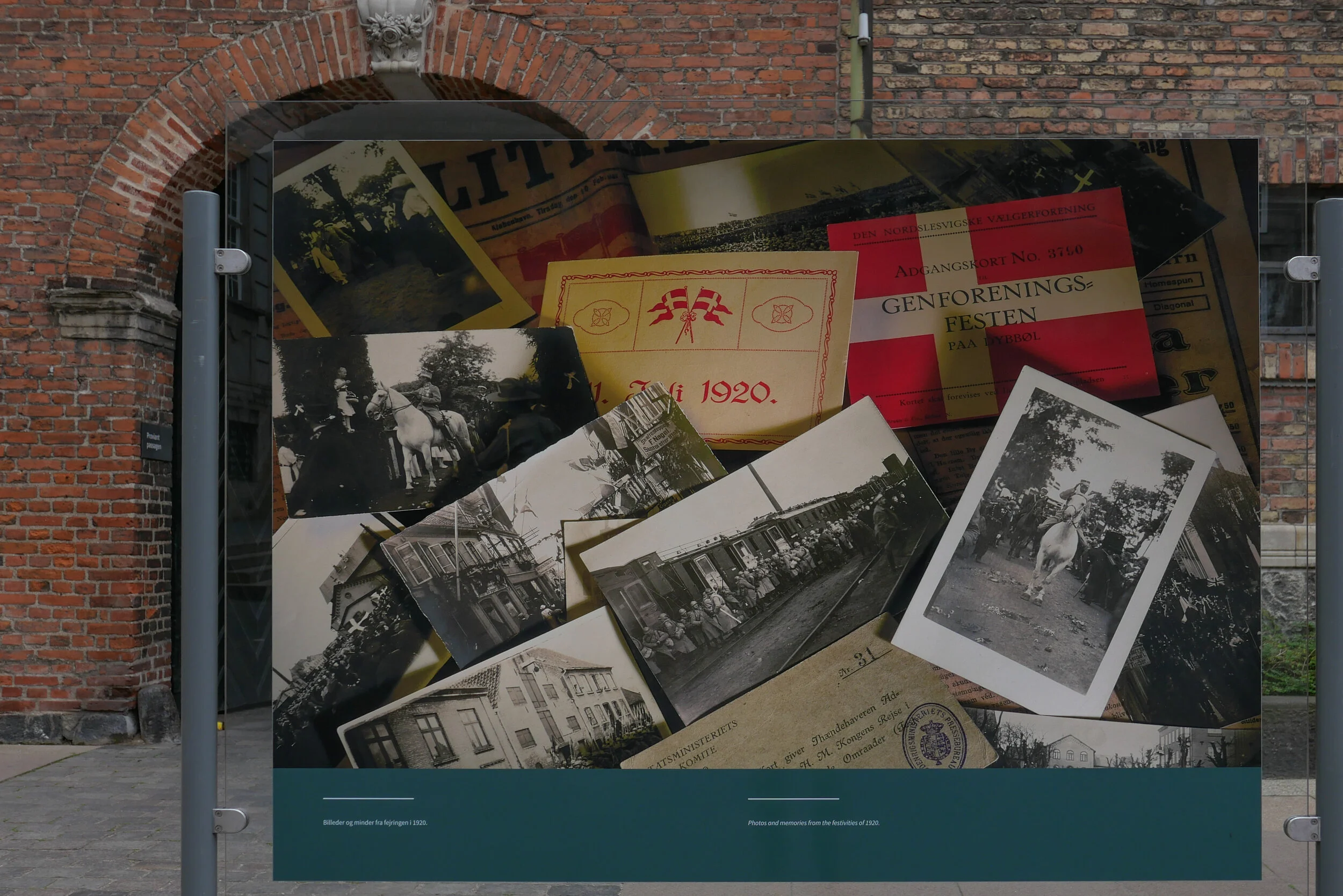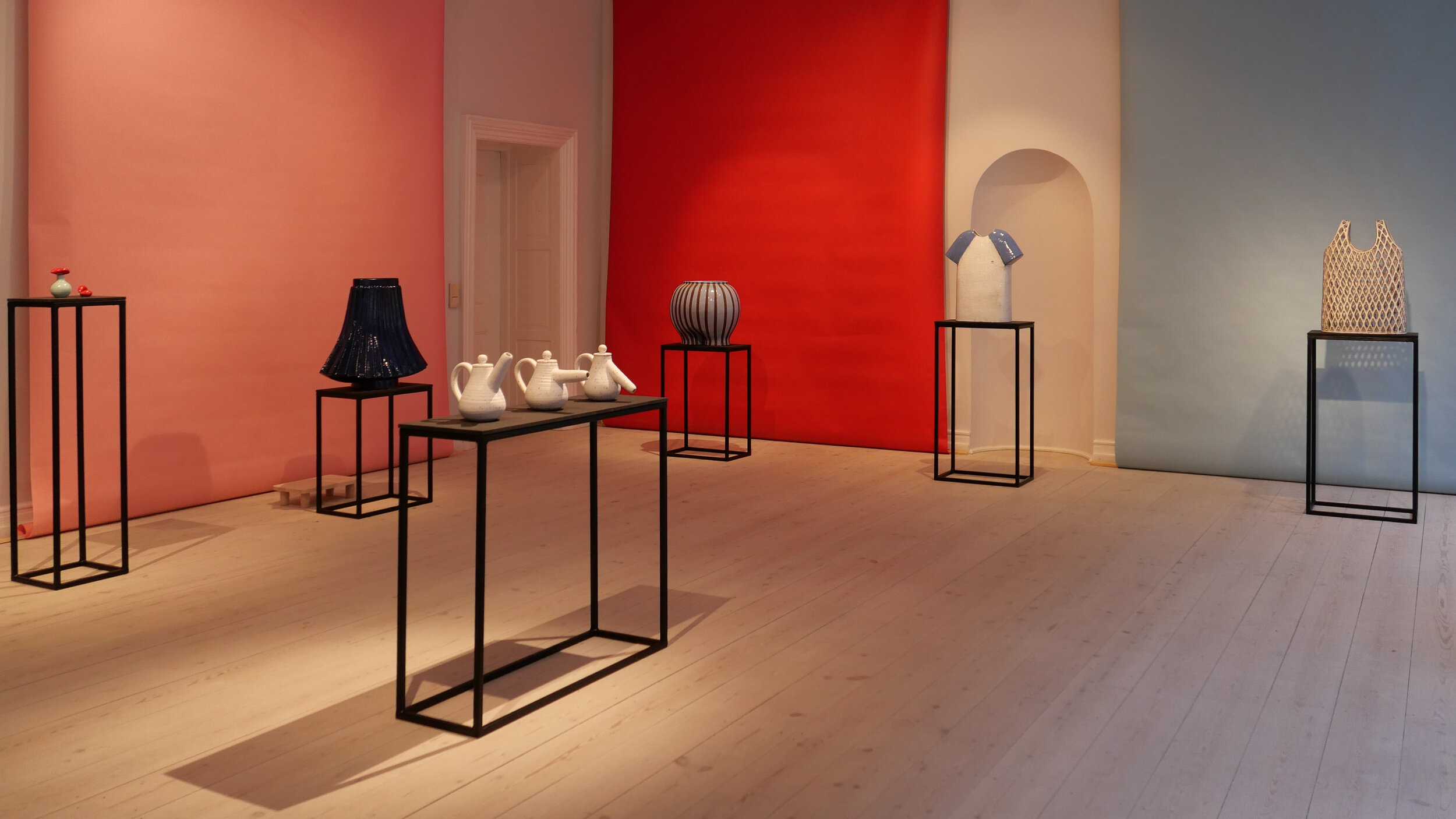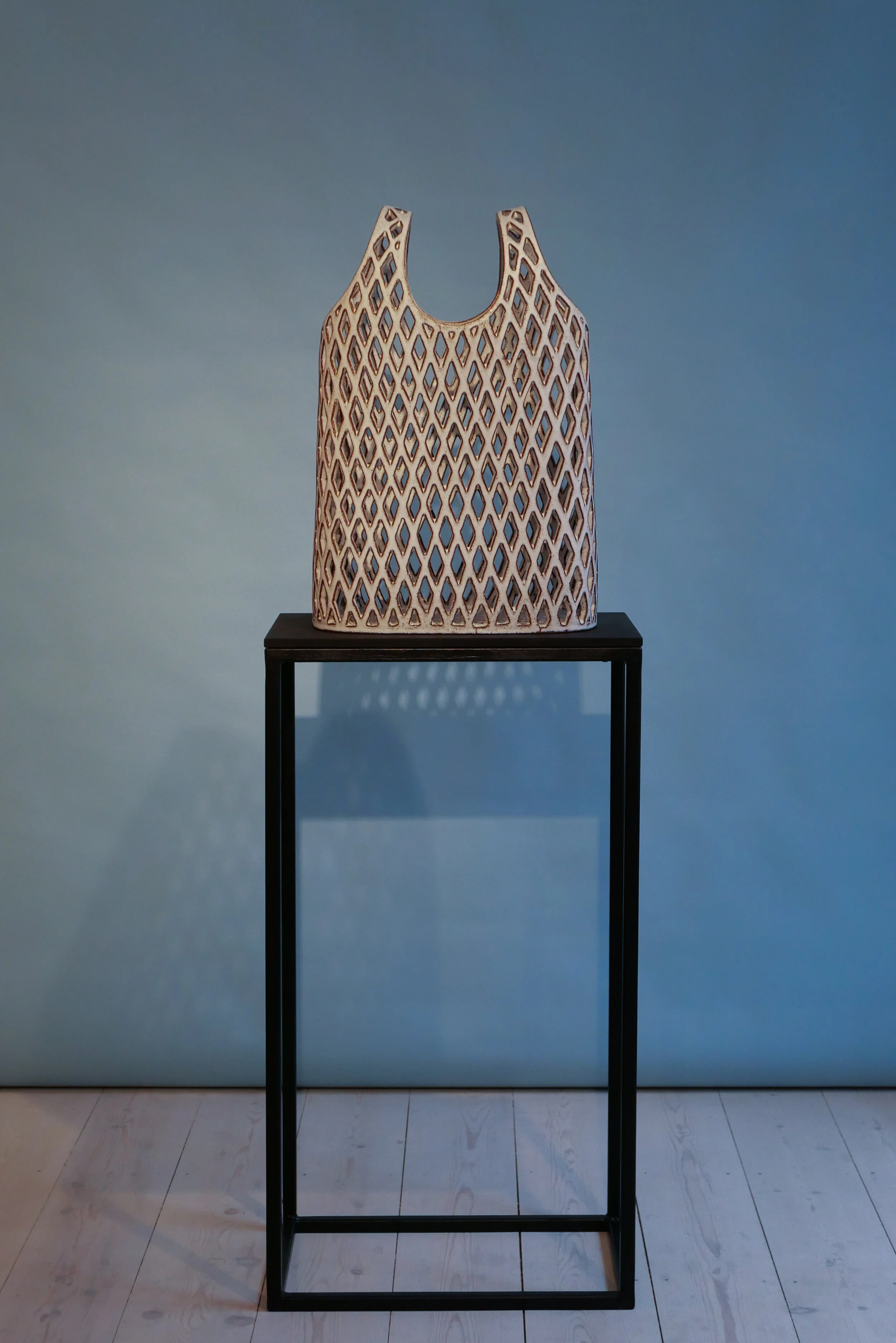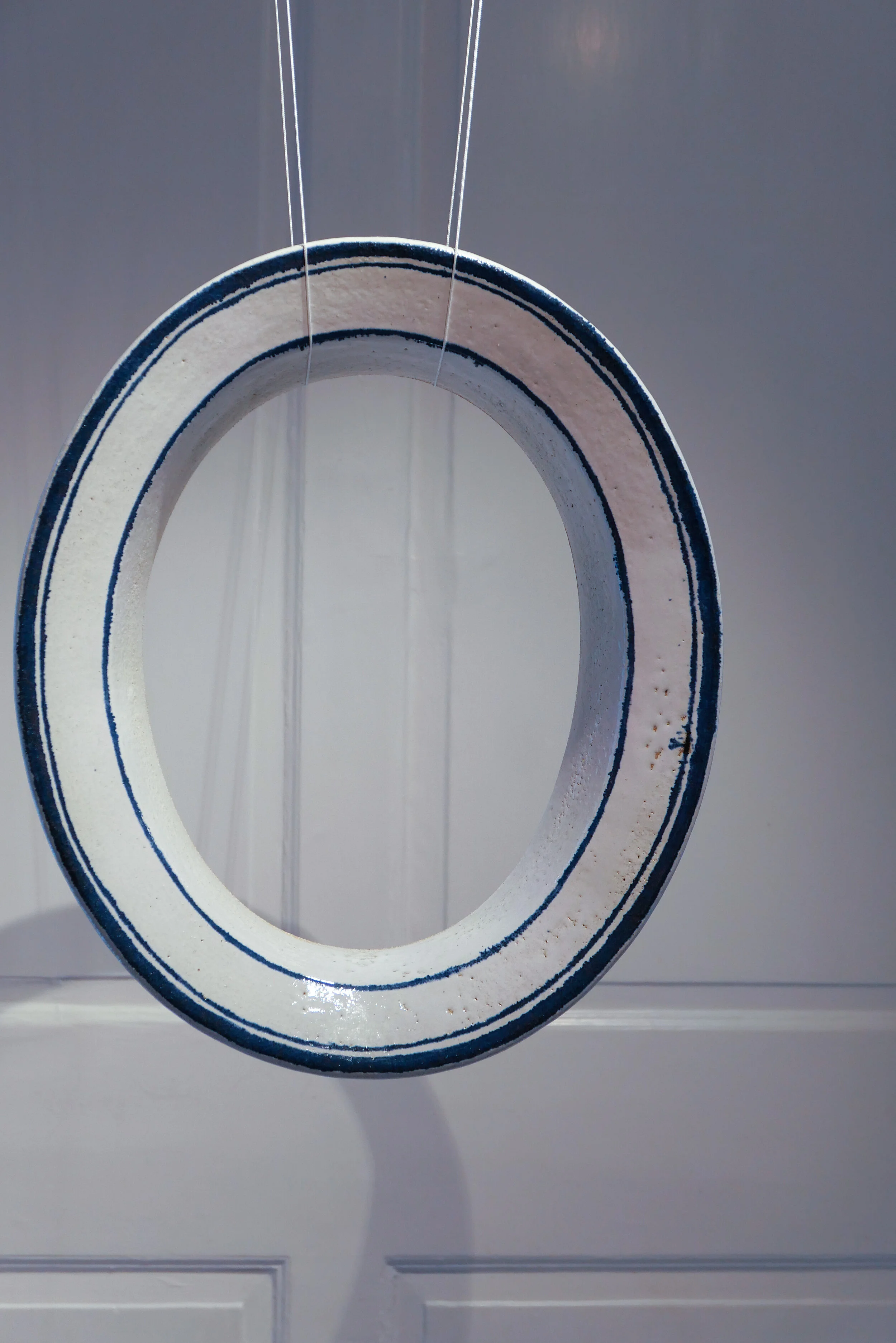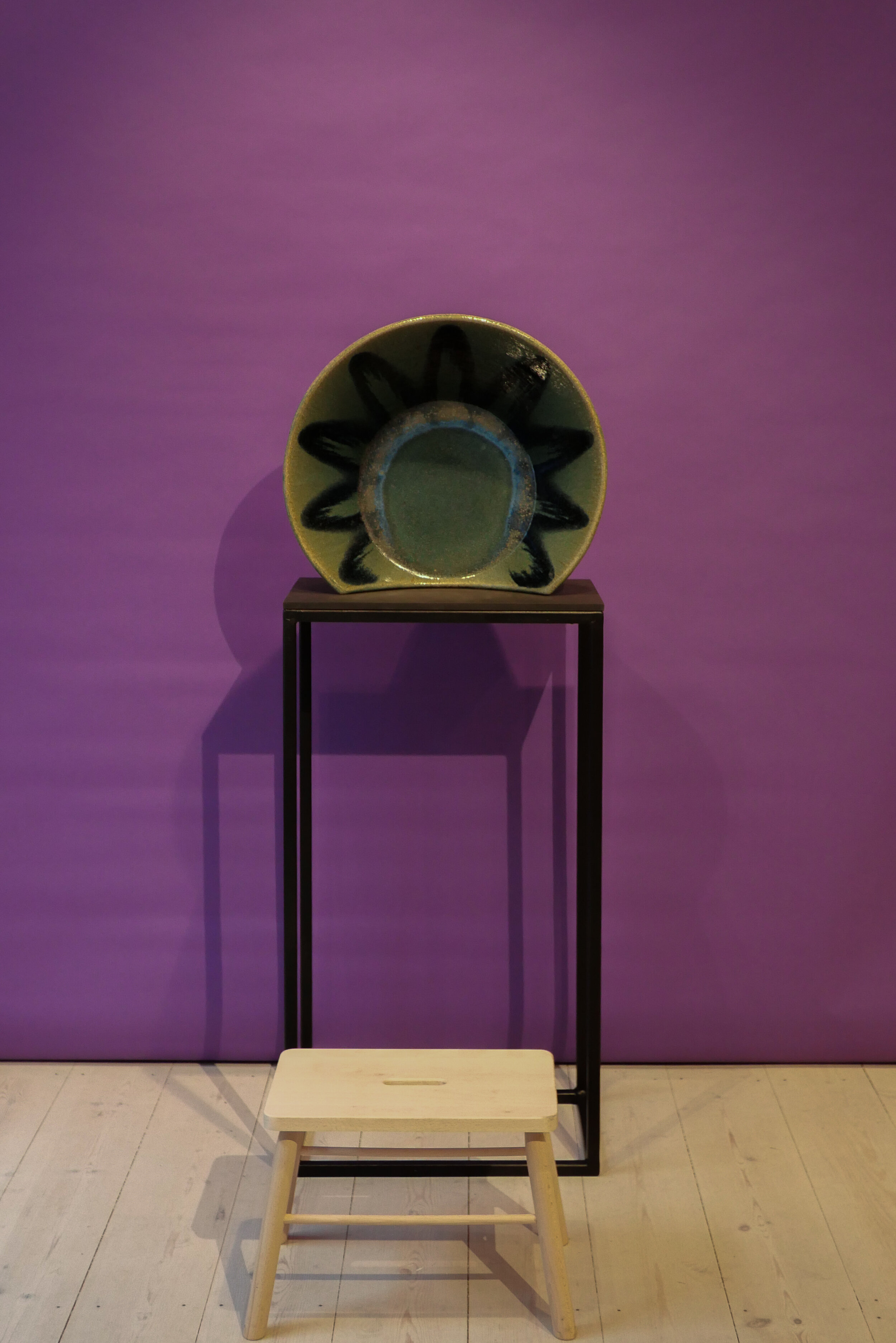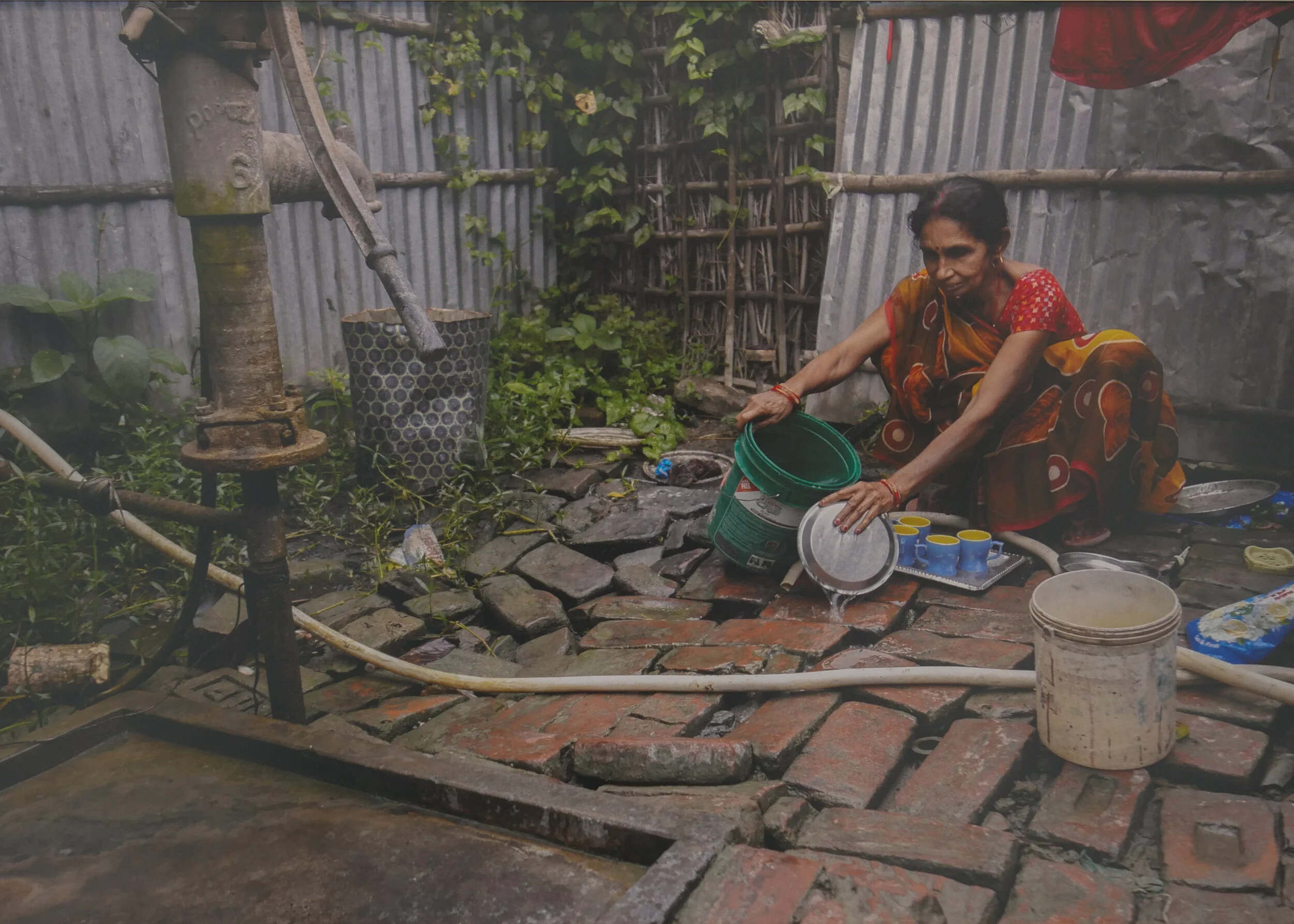This is an exhibition to mark twenty years of CLAYDIES …... the working partnership of the potters Tine Broksø and Karen Kjældgård-Larsen.
It's a brilliant show with all the humour and the self parody you would expect from CLAYDIES …. where else would you be encouraged to have your photograph taken behind a ceramic string vest or apparently 'wearing' a swishing pleated skirt or with your head stuck through a large ceramic collar?
Behind the fun, of course, is their very real understanding of ceramic techniques and their very real skill. For a start, some of these pots are huge and must have been a headache to fire and there is the use of a wide range of glazes that are exploited for different strong colours and different effects. You can’t get away with taking a gentle dig at your craft unless you have mastered it.
The two large ceramic collars are hung at the right height for sticking your face through for a portrait. One has grey/blue glaze reminiscent of tin-glazed earthenware - white ceramics with thin painted lines and simple decoration in blue that were presumably the early precursors of Copenhagen Royal pottery - and the other, with a lattice of basket work, in the style of what was called cream ware or in England Queen's Ware in the 18th century. Remember, Karen Kjældgård-Larsen has designed for Royal Copenhagen where she took a fresh look at their traditional blue and white patterns and then came up with a giant and fragmented version of the decoration to bring the china to the attention of new and younger buyers.
There are elements here in the exhibition of the cartoon … so about making something exaggerated or slightly absurd to make us look in a new way at aspects of ceramics that are too often just taken for granted. Of course it's obvious that the spout of a teapot points upwards but how and when and why did the form of a teapot become so firmly established? Are certain forms of tableware like they are just because that's a sort of ultimate and definitive shape or size or is it simply because that's what we, the customer, have come to expect and anything else, anything unconventional, would be difficult to sell?
I was going to make a joke about brewing tea and brewer’s droop but then I’ve been told by several Danish friends that Danes think puns are a particularly odd and not very clever form of British humour. So, maybe it’s enough to say here, that some of the pieces are poking gentle fun at some of these lazy conventions.
There is also an interesting attempt to break down the border between mass culture and 'high culture' where an object in a museum is to be revered in part because it is in a museum. One of the pieces is a ceramic T shirt with blue sleeves that has the obligatory logo on the breast but here the CLAYDIES ceramic mark. You can’t get much more mass culture than a T shirt with a logo.
And also, of course, above all, this is a brilliant but gentle dig at the obsession with selfies. It’s a bit like that old fairground or end-of-the-pier seaside attraction where your photo was taken by a street photographer but with your face stuck through a hole in a picture of a very very large lady wearing a striped bathing costume standing next to a scrawny little husband so your face replaces hers. Here there is a patterned knitted jumper but made in clay to stand behind or a pottery bobble hat.
Having said all that, the exhibition here is slightly restrained for CLAYDIES. In 2013, for their show called This is Not a Joke, they produced ceramic eyeballs to be left in bowls of soup and whoopee cushions; an unpleasantly realistic piece with the title SHIT; joke teeth; a delicate and refined tea cup but when tipped up to the mouth it had what looked like a pigs snout painted on the bottom and a scarf called BOOBS. Follow the link to see why all this is difficult to describe.
With these big bold ceramics set against big bold strong colours, this exhibition is where pot art meets pop art.
claydiesselfies continues at Officinet until 28 March 2020
Danske Kunsthåndværkere & Designere
Claydies

